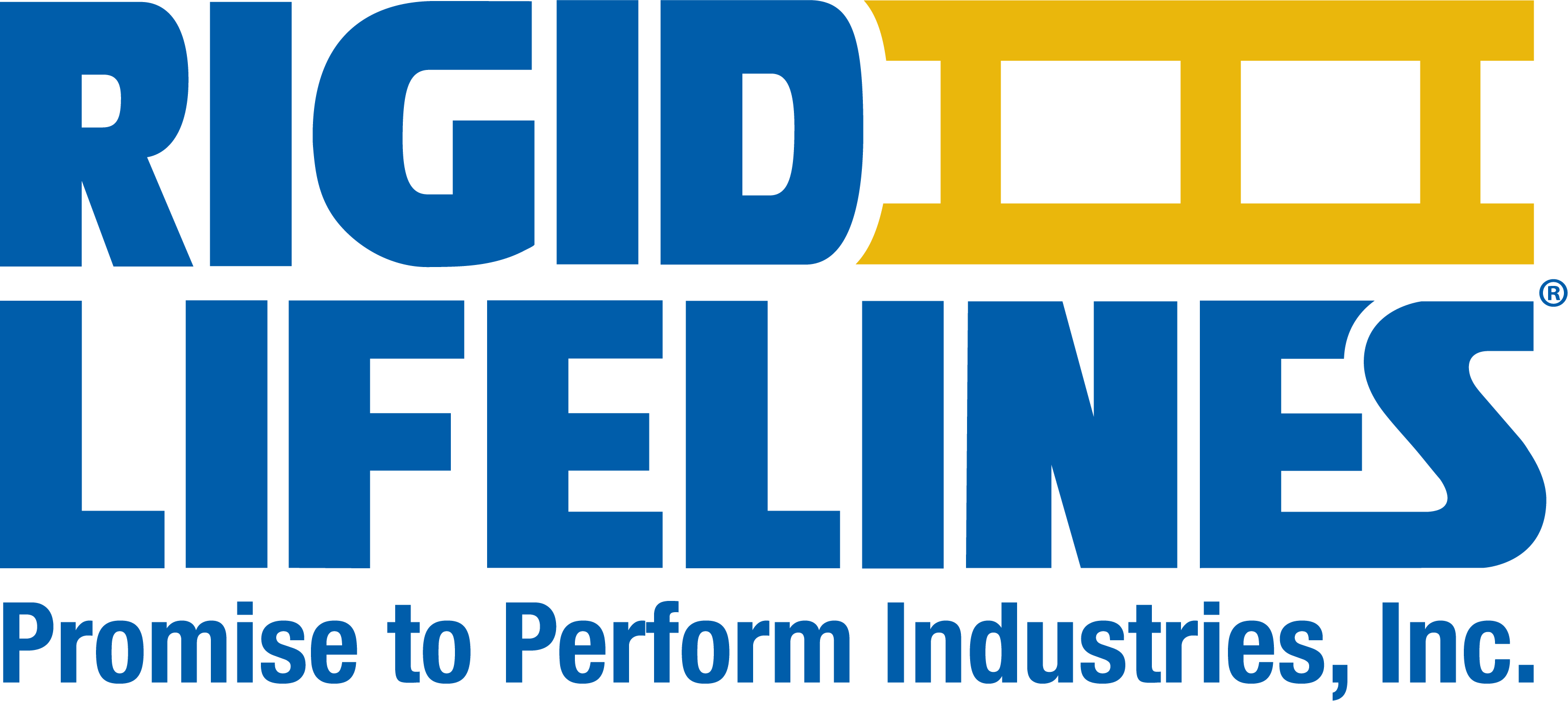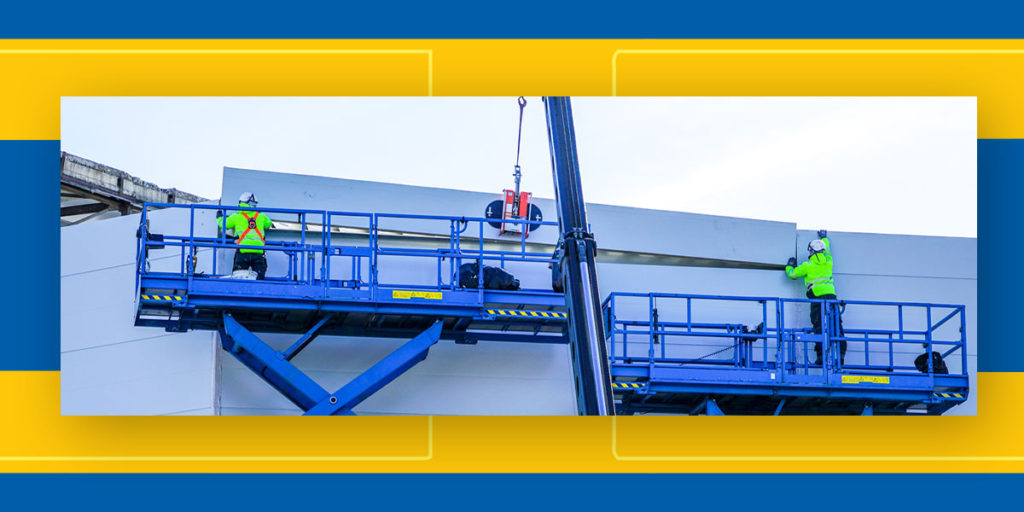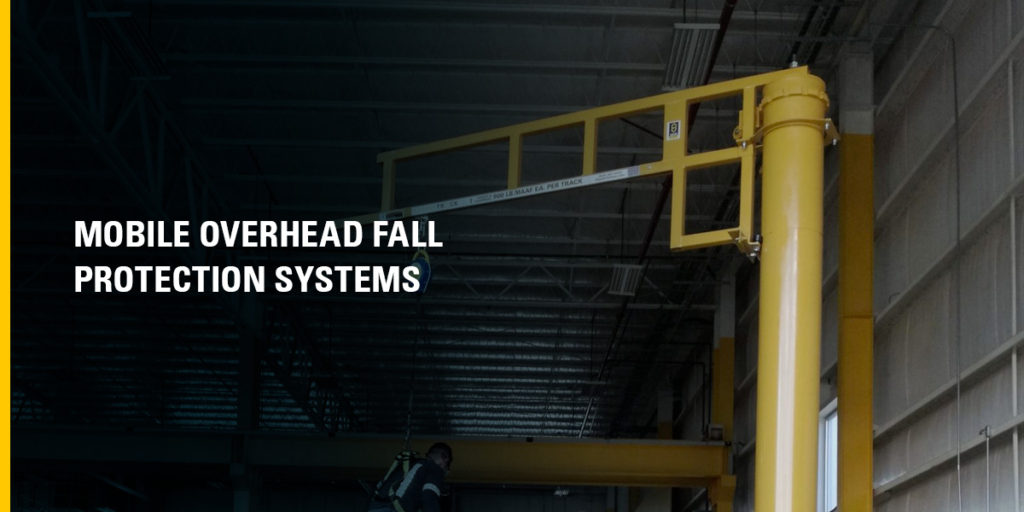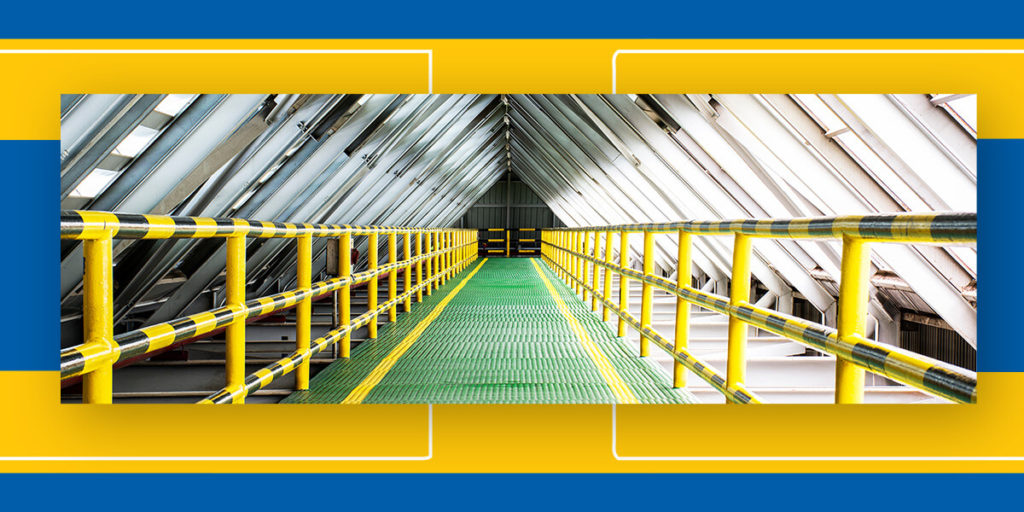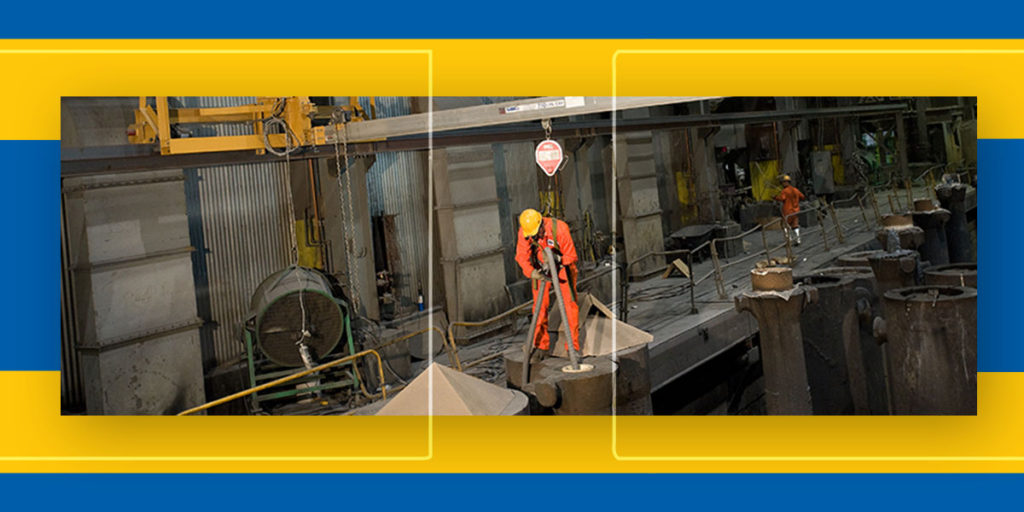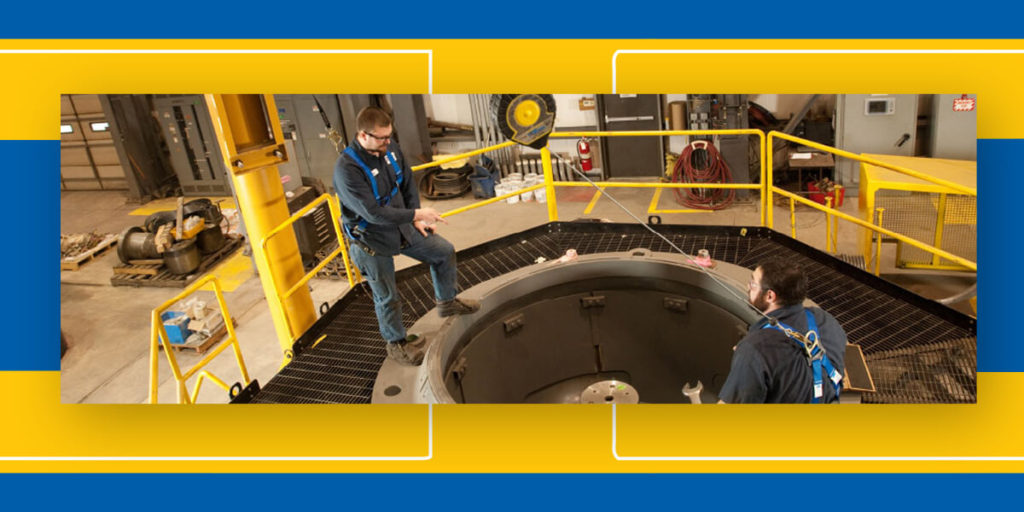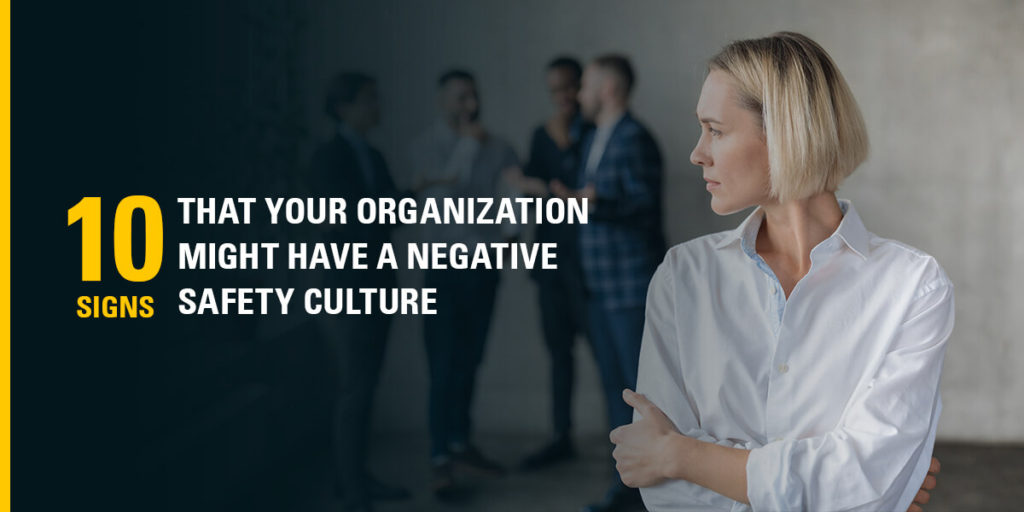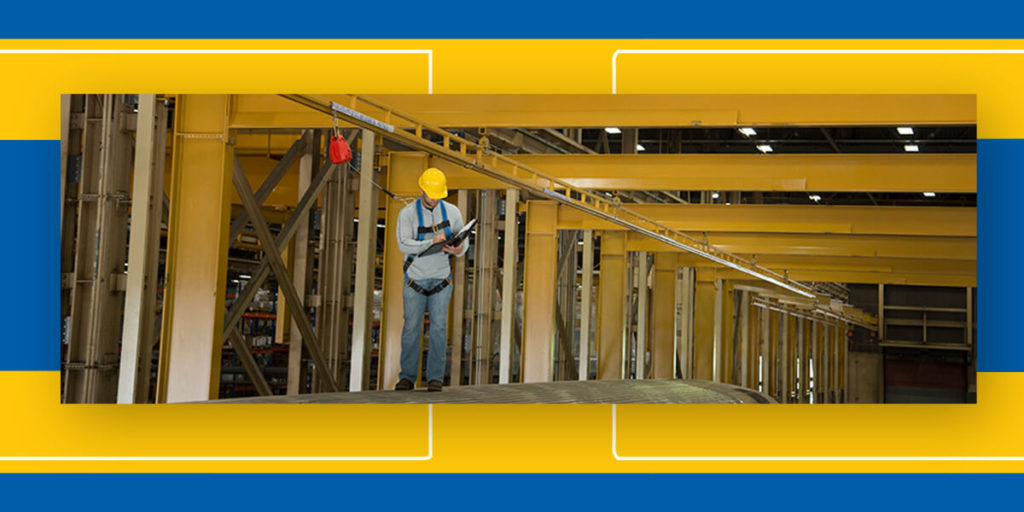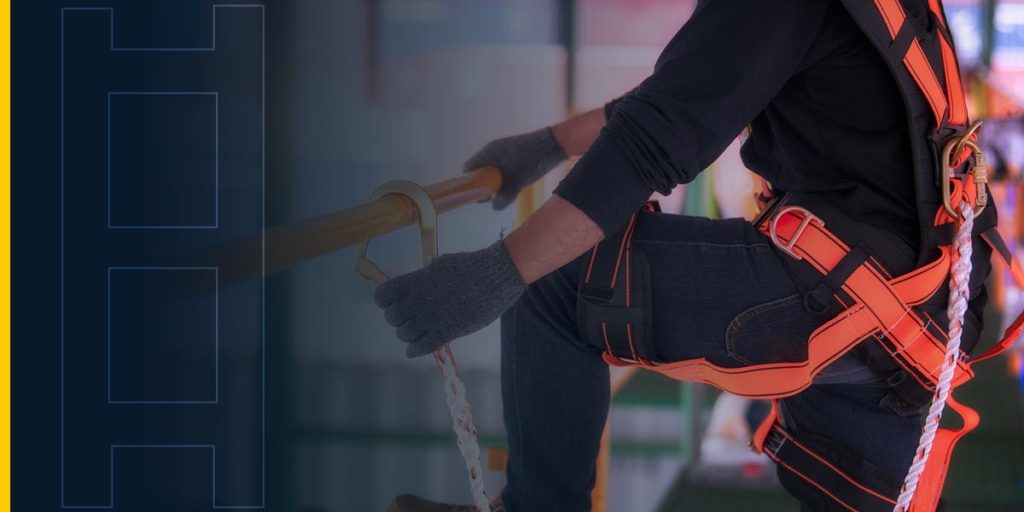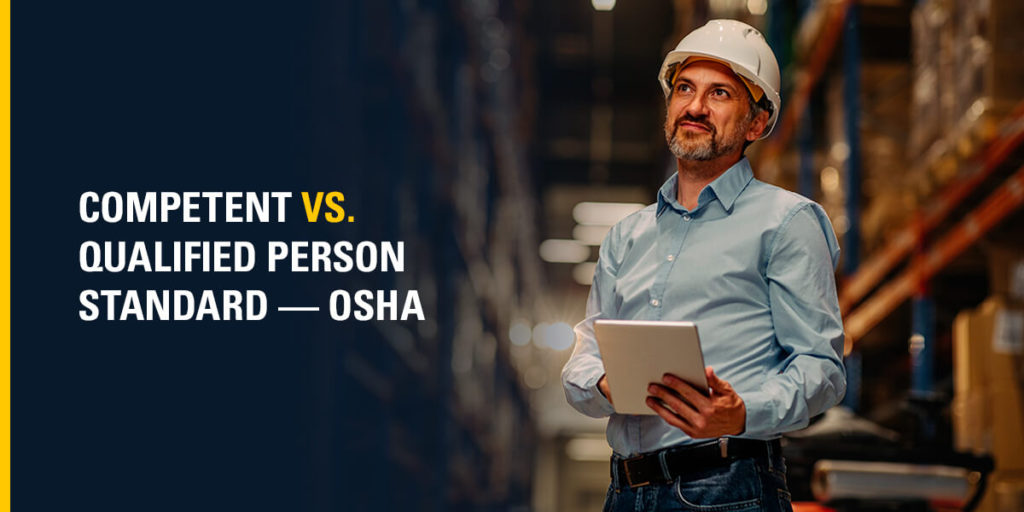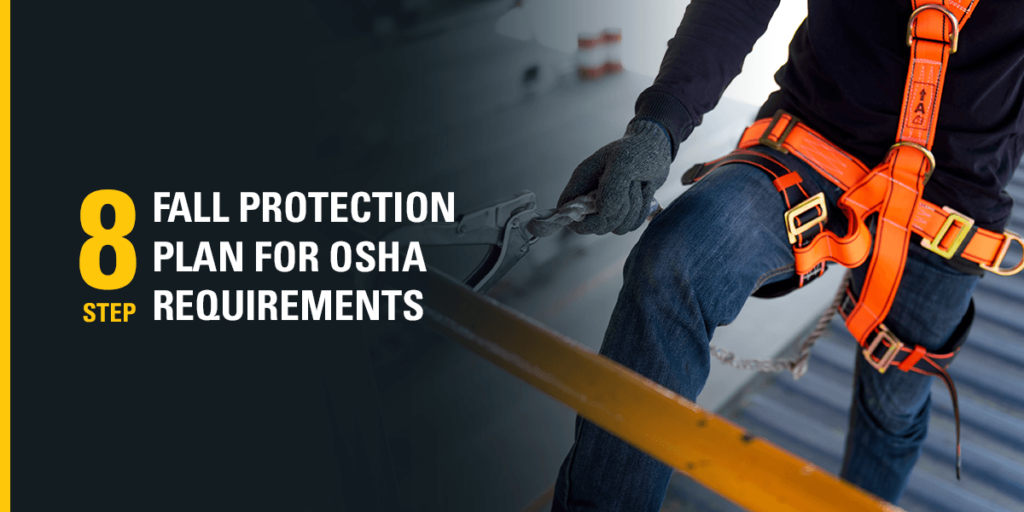Posts by blarison
Do You Need Fall Protection on a Scissor Lift?
With their ability to elevate workers vertically and transport them to different locations, scissors lifts have become indispensable work platforms across numerous industries such as construction, retail, entertainment and manufacturing. Their unique lifting mechanism sets scissor lifts apart from aerial lifts, which operate through crossed beams that extend and retract similarly to how scissors open…
Read MoreMobile Overhead Fall Protection Systems
Employees are the most important work site asset, and a durable, reliable fall protection system should be your top priority — but what if you travel between locations or work at multiple sites? Mobile fall protection systems are flexible, versatile, and portable fall protection solutions. OSHA 1910 and 1926 dictate that fall protection is required…
Read MoreAre Guardrails Considered Fall Protection?
Construction projects frequently require workers to perform tasks at heights. Because of the inherent dangers, the Occupational Health and Safety Administration (OSHA) has instituted stringent safety regulations to safeguard against falls that can lead to severe injuries and accidental deaths. Generally, OSHA permits companies to provide what it refers to as “conventional fall protection” solutions…
Read MoreHow Often Is Fall Protection Training Required?
The Occupational Safety and Health Administration (OSHA) requires competent person-level fall protection training. Employees working in maintenance facilities, manufacturing plants, railroads, and similar industries face the risk of falling and injuring themselves on the job. Falls can occur in various ways, including from scaffolds, ladders, roofs, and other elevated work surfaces. That being said, it’s…
Read MoreFall Arrest vs. Fall Restraint
Working from heights demands extra safety precautions to reduce the risk of injury. Slips, trips, and falls are some of the leading causes of injury and death in workplaces, especially in the construction industry. You owe it to your employees — and the Occupational Safety and Health Administration (OSHA) — to put systems in place that…
Read More10 Signs That Your Organization Might Have a Negative Safety Culture
A poor health and safety culture can adversely affect your employees, production, and company reputation. When you want to improve safety at your facilities, understanding the signs of a poor safety culture can help you identify where to apply your efforts. What Is a Workplace Safety Culture? Understanding what a safety culture is and what…
Read MoreWhat Is Fall Protection and Why Is It Important in the Construction Industry?
The United States construction industry was responsible for more than one in five workplace fatalities in 2020. Over one-third of these incidents resulted from slips, trips, and falls. Nearly all of them involved falls to a lower level. To protect construction workers from falls and other workplace accidents, the U.S. Occupational Safety and Health Administration (OSHA) enforces…
Read MoreWhat Does a Personal Fall Arrest System Consist Of?
A personal fall arrest system is essential for workplace safety. The gear protects at-height workers by stopping a falling person from reaching the ground. OSHA requires personal fall arrest systems if there is any risk that a worker could fall from an elevated position. The system must also feature specifics installed by a qualified person…
Read MoreCompetent vs. Qualified Person Standard — OSHA
Properly identifying hazards in the workplace is a critical aspect of risk reduction and can, quite literally, make the difference between life and death. Meeting standards from the Occupational Safety and Health Administration (OSHA) and selecting a competent person are necessary for protecting workers. It’s the employer’s responsibility to choose the right person to identify…
Read More8-Step Fall Protection Plan for OSHA Requirements
Potential falls in the workplace are among the most dangerous threats faced by employees. The World Health Organization (WHO) reports that almost 2 million workplace-related deaths occur each year, with occupational injuries responsible for 360,000 deaths. Construction companies, contractors, and other employers have no higher responsibility than to the safety of their employees and colleagues. Having a…
Read More